Know Your Reel Sizes (Pros & Cons Of 1000 vs 2500 vs 3000 Reels)
- By: Joseph Simonds
- on
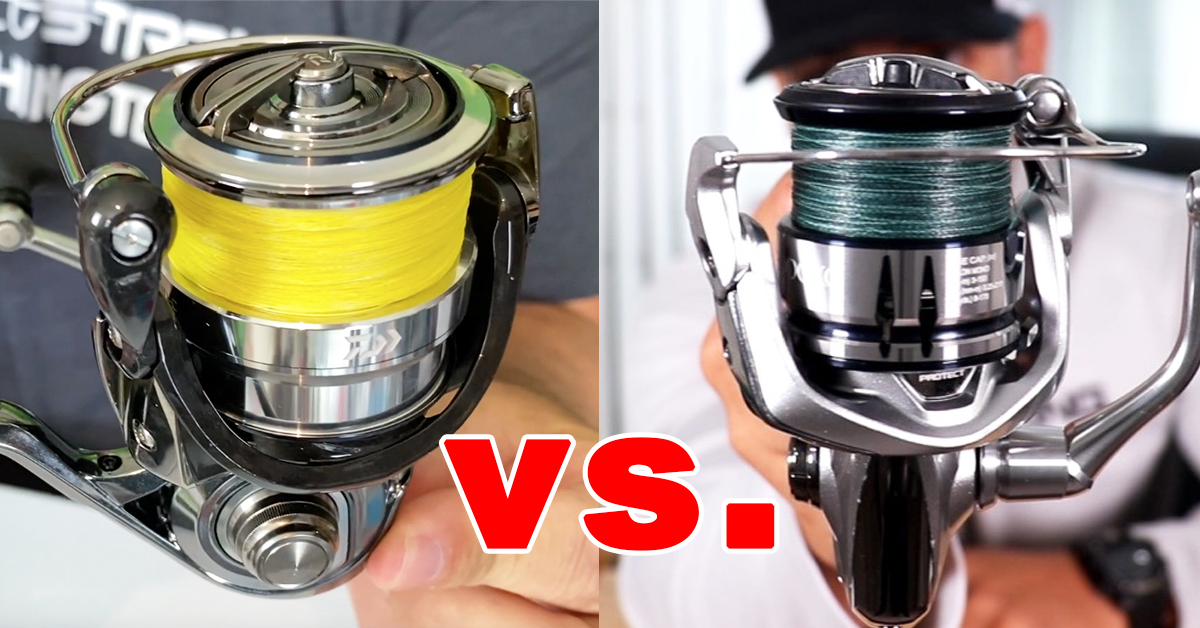
What are the differences between the various inshore spinning reel sizes?
Here’s something that’s really surprised me: reels in the 1000 class have been flying off of the shelves recently.
For years, we (and most other inshore anglers) have mainly used 2500 or 3000 series reels when inshore saltwater fishing, but this new wave of 1000 reel buyers is really coming on strong.
So what’s the big deal about 1000 series reels?
Are they better than the 2500s?
Can they still handle the redfish, trout, and snook you find in our inshore waters?
That’s exactly what we’re going to cover today as we break down the differences between 1000 vs. 2500 vs. 3000 class reels.
There are pros and cons of each size that could affect your casting ability, fish-catching ability, and even your health!
You can watch the video version of this podcast below (which I recommend since Luke does a few on-screen demonstrations), listen to the audio version by clicking the play button underneath it, or listen to it on iTunes, Stitcher, or Spotify.
P.S. Don’t forget to subscribe on iTunes, Stitcher, or Spotify and leave us a review!
Inshore Spinning Reel Sizes [VIDEO]

Inshore Spinning Reel Sizes [PODCAST]
Note: Don’t forget to subscribe to the Salt Strong podcast on iTunes, Stitcher, or Spotify and leave us a review!

Related Podcasts:
- WHAT IS THE BEST SPINNING REEL SIZE FOR YOUR INSHORE SETUP
- HOW TO PROPERLY PAIR YOUR INSHORE SPINNING ROD & REEL
Fishing Gear Experiments:
- CASTING DISTANCE CONTEST: 3000 VS. 1000 SPINNING REEL
- POWERPRO SUPER SLICK V2 VS. POWERPRO ORIGINAL [CASTING & STRENGTH COMPARISON]
- DOES MONO ACTUALLY FLOAT? (FLUOROCARBON VS. MONOFILAMENT CONTEST)
- SPIDERWIRE ULTRACAST INVISI-BRAID VS. POWERPRO [ULTIMATE REVIEW]
- SEE ALL OF OUR FISHING GEAR REVIEWS HERE
Why People Like 1000 Series Reels
Let’s tackle the big question most people have about these smaller reels: can they actually handle big redfish, snook, and trout?
Yes, they absolutely can!
They can provide enough drag and, assuming you’re using 10 lb. braid (which you should be), they have enough line capacity to handle nearly any fish you can find in our inshore waters.
The other big advantage of these reels is that they’re very light.
The Daiwa Fuego 1000 is 0.9 ounces lighter than the 3000 of the same reel.
And you’d be surprised at how much difference even just 0.9 ounces makes over the course of hundreds of casts and several hours of fishing.
1000 vs. 2500/3000 Reels
Here’s a quick rundown of how these reels compare in some of the more important categories:
Casting ability: the 3000 casts slightly farther than the 1000 (see this experiment here).
Price: pricing between the 1000 to the 3000 is the same or similar, depending on the brand (usually, when you get above the 3000 is when the price increases).
Weight: the 1000 is lighter than the other models, which is an advantage, especially for people using artificial lures.
Wind knots: the 1000 most likely will get more wind knots because there are more coils coming off of the thinner spool.
2500 vs. 3000 Reels
Now that you know the differences between 1000 series reels and the 2500/3000 reels, what about the difference between the 2500 and 3000 reels?
Well, they’re very similar.
The weight and spool diameter are usually very close (if not the same) but the biggest difference is often the size of the arbor, which is the center of the spool where you tie your line to.
With 3000 series reels, the arbor is usually smaller, which lets the reel have more line capacity.
Rods vs. Reels: Which Is More Important?
The three core factors when it comes to your setup (not including bait) are:
- Rod
- Line
- Reel
And the above list is in terms of importance, too.
All the reel does is let line out, retrieve it back in, and provide drag.
The line needs to be strong enough to bear the strength and weight of the fish and tough enough to withstand abrasion from anything it might come into contact with, such as rocks or dock pilings.
It also needs to be thin and nimble to cast far.
And finally, the rod is the most important part of your setup.
It’s what allows you to make far and accurate casts, it lets you feel bites and set the hook, and provides the power for fighting the fish.
Conclusion
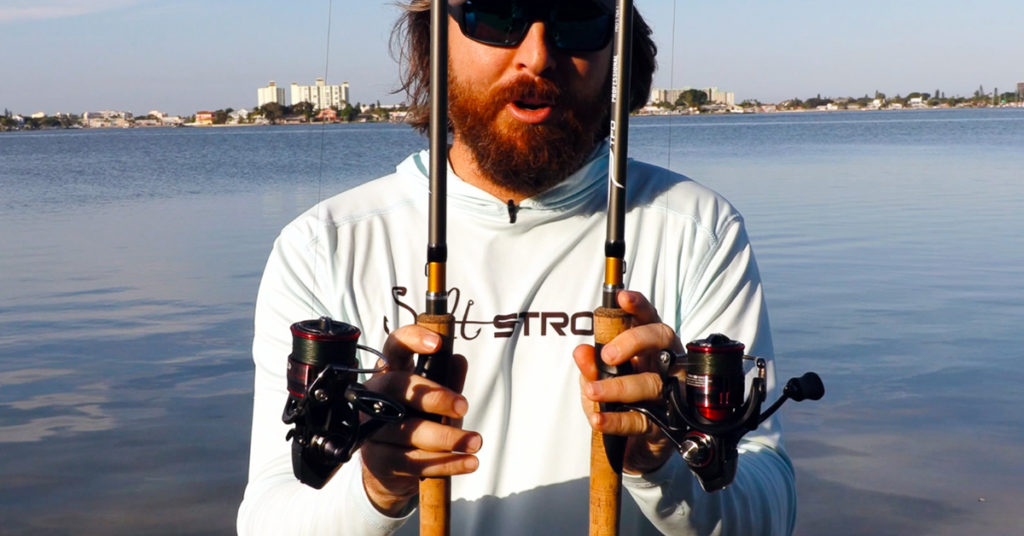
I’m fascinated at the recent trend of 1000 series reels making a big push.
It’s certainly a valid trend since they can handle any fish in our inshore waters, and the lightness makes a big difference if you’re fishing a lot, or you have elbow, wrist, shoulder, or arthritis problems.
And I’m really interested to hear Luke’s thoughts as he continues to try them out.
You can see his first experiment where he tested a 1000 vs. 3000’s casting distance here.
Have you used a 1000 series reel?
What’s your favorite size reel for inshore fishing?
Let us know down in the comments!
And if you know someone who’s looking for a new reel, please TAG or SHARE this with them!
P.S. Want access to our best fishing spots and tips, plus discounts to our online tackle store? Click here to join us in the Insider Club!
Related articles:
Related categories:
STOP WASTING TIME ON THE WATER!
Do what the “SMART ANGLERS” are doing and join the Insider Club.
Here’s what you’ll receive today when you join:
- Weekly fishing reports and TRENDS revealing exactly where you should fish every trip
- Weekly “spot dissection” videos that walk you through all the best spots in your area
- Exclusive fishing tips from the PROS you can’t find anywhere else
- Everything you need to start catching fish more consistently (regardless if you fish out of a boat, kayak, or land).

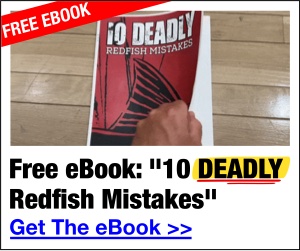





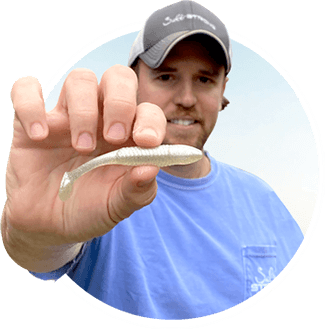
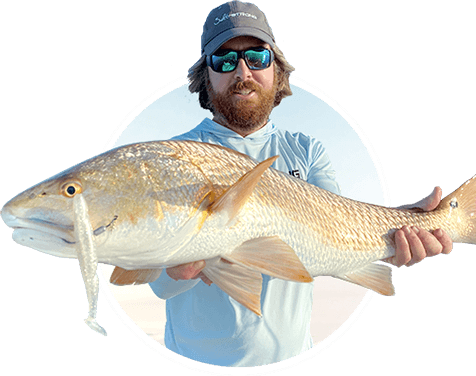
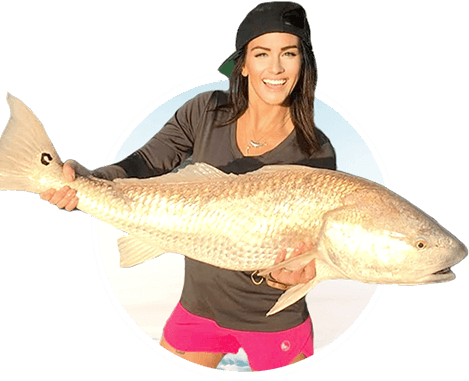
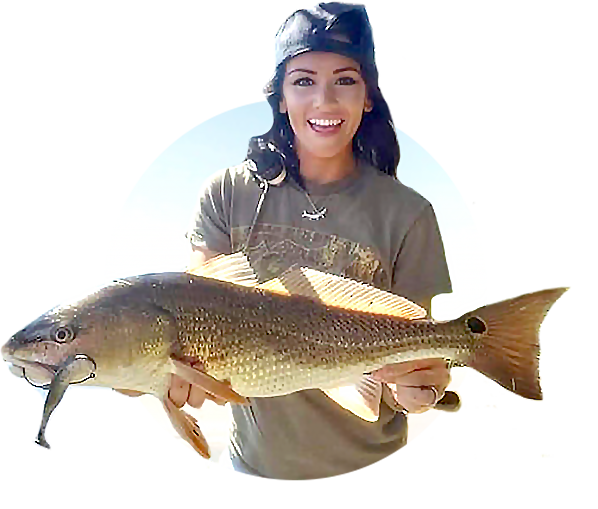
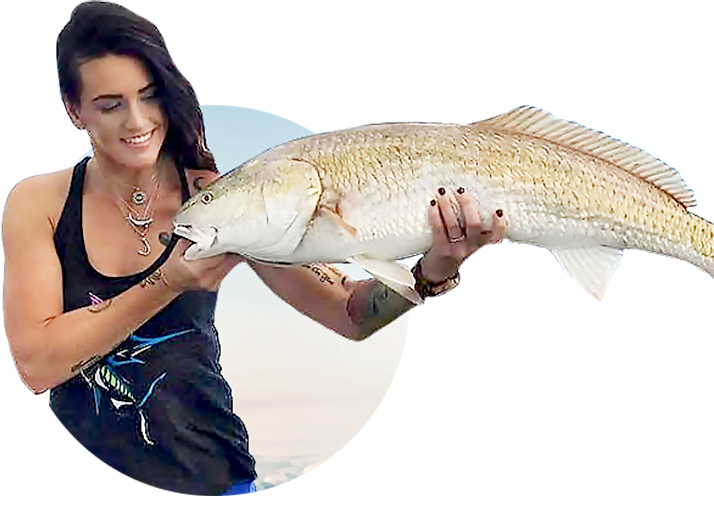

Luke, were you able to fish with the 1000 since the recording of this video? Interested in what you found out.
You did Not cover reel return ratio, handle to spool. How fast does it recover the tackle.
Hey Gene! We’ve actually addressed that important factor in another video. Please check it out here when you have a moment: Are You Choosing the Right Gear Ratio Spinning Reel? (saltstrong.com)
The reason why I want a 1000 reel is that I noticed when I use my centaur xxul rod with a larger reel just say 2500 I get line slap against the rod because of the micro guides so I feel the more narrow the spool the less chance of line slap is much less
I appreciate that you guys give us your unbiased thoughts on products. In this case though I have to say that you left out a major consideration in my mind and that is drag. I’m a Stradic fan and have several 2500’s, 3000’s and 4000’s. I don’t have any 1000’s for one basic reason and that is that they only have 7 lbs of drag. The 2500’s and up have 20 or more. That’s a big jump. I agree with you on the weight and I do pay a lot of attention to that which has migrated my most used reels down in size. I also notice significant differences across reel families between the same size reels. The Stradic 3000 is 7.9, Daiwa BG MQ 3000 is 9.3
Good point, George. As a general rule of thumb, we should aim to have our drag setting be 20-30% of our line rating. In other words, with 10lb. braided line (even though technically the breaking strength is higher), a good drag setting on your reel should be pretty close to 3lbs. Many of these manufacturers give drag ratings WAY beyond the necessary range that an angler will ever use. Having a drag setting at 8-10lbs. of pressure is pretty significant, and very hard to hold onto with a spinning rod (it will probably feel like the line is going to snap at that amount of pressure). So surprisingly, when set at around 3lbs. and using 10lb. line, a 1000 can actually get the job done pretty well. Wyatt actually made a great video about this topic a few years back: 2 Ways To Set The Drag On Your Spinning Reel (With & Without A Scale) (saltstrong.com)
As for reel sizes between Manufacturers, there is no industry standard. A Shimano 3000 is going to be different in sizing than a Daiwa 3000, as well as a Penn 3000. Even the current Daiwa BG series has different sizing than the upgraded Daiwa BG MQ series. This lack of standardization also crosses over to rods as well (Ex: not all Medium Power Rods feel the same).
When it comes to choosing a Reel that’s right for you, it’s definitely important to consider all the specs: line capacity, weight, level of sealing and drag capacity. But just because one particular reel has a “higher” drag or a “lighter” overall weight doesn’t necessarily make that reel better than its competitor in all aspects. This is a great topic for discussion in our Community page, George! Post it up there when you have a chance 🙂
I agree with you academically on the drag. 3 pounds is the right setting for 10lb braid. I also agree about how easy it is to underestimate exactly what 15 or so pounds of drag feels like. However, just like when fighting tuna or marlin there are times inshore when I push my drag up toward or to full. Keeping a fish away from pilings or other hazards or at the end of a fight where I need to get the fish to the boat to ensure a successful release (or keep it away from a porpoise).
I don’t think I’m as sophisticated as you guys so I need a little extra ruggedness. I also generally fish with what I want to catch them on, even if I know they’re biting something else, topwater being the best example of that. Never after numbers, always after a fish worth pulling out the camera for. Makes me leery of these tiny reels with line test almost in the single digits. I just recently put 10 lb braid on a 2500 and it was the first time I had ever put anything that light on a reel in my life. And I’m 60 and have been fishing my entire life. Thank you for your thoughts. I know it probably feels like I’m pushing back on it but I’m a harder sell than most on going really light. Appreciate you humoring me.
Ahoy! Thanks for this podcast as it has answered many of the questions that come to mind while I am thinking things thru between casts, or especially when I am contemplating adding to my equipment inventory.
Just a couple of points I might mention here…. *As You were discussing ARBOR SIZE for the various size of reels….. There is another important point to consider. Having been an offshore fisher for many years and user of big spool reels it was always critical when playing a strong fish to compensate for arbor size. I am not talking about the size of the reel arbor per se, but rather about the diminishing arbor size of the spool as it is is being ‘cleared’ when a large fish is taking a big run. What I am saying is that a full spool of line set at 20# drag, for example will, when at 1/2 full probably be exerting a significantly higher drag to the line…PLUS the fact that the heated drag plates themselves are expanded / warped due to the heating under drag pressure. So, does this principle apply to these much smaller reels? And if so, is a change of technique or manual compensation of drag by the fisherman themselves necessary? *My second point is that I notice some braided lines might be marketed or supplied online at a requested breaking strain, but then state that the line supplied has actually been tested to surpass the break strain by a lot more, like 40% more I’m talking. Any comment or advice on that?
*My final point is that certainly with mono line the fisher must be aware and compensate for the fact that the closer the fish is to the landing net (etc) the less stretch, and therefore, forgiveness there is for the fisher themselves doing something brutish with a fish still ‘hot’ and feisty. I feel that is why so many fish are lost right next to the boat rather than earlier on in the tussle. So… how do I as a fisher look at a battle done with mostly braided line, which has so little stretch? Thanks for listening.
d
The 1000 series sales boom is likely largely driven by shortages of 2500 & 3000 series.
My 2500 fuego 10lb test casts farther than my 300. Have it on a 7’6″ medium rod and it is an absolute blast to use. Been slamming the permit and pomps with it lately. I didnt mention rod for a reason.
I do believe a rod is the most important. I’ll spend more on a rod than a reel but I couldnt find a rod I wanted for the 2500 for over a month. Was al a tackle shop and picked up a $39 cheap Diawa 7’6″ M Laguna temporarily until I could get what I wanted. I use Loomis and Carrot Styx but have to say that I fell in love with that $39 diawa rod. I absolutely love it. A very light combo perfectly balanced. Its a perfect match with the fuego 2500 and in 3 months I have not had one single wind knot with it using red 10lb power pro. There are some cheaper rods out there that really are great rods.
First consider the fish and conditions like water temperature. Fight it too long and the fish will die, especially in the summer. Just pay attention and enjoy our natural resources. Tight lines.
Hey Joe & Luke, I really like your podcasts. There is a lot of info for beginners, weekenders & Old Salts. You R never too old to learn something. I’ve been fishing since I was old enough to hold a rod; I would just like to ad a comment about reel choices & why people become loyal to certain brands. 35+ years ago I bought Penn 450SS, 550SS & 750SS reels along with Penn Senators, Internationals, & Jig Masters when I 1st became a Master Operator Boat Captain. Since then I sold off most of my heavy duty offshore equipment. I also bought 2 Daiwa BG 20’s at the same time I bought the Penn SS models. They all have worked pretty much flawlessly for many years. The Penn SS series I still have & still use today along with the Ugly sticks they R mounted on. The BG 20’s gave up about 15+ years ago. I don’t know if Daiwa’s technology has improved but they did NOT last as long as long as the Penn’s. I maintain all my equipment as y’all pointed out is crucial to longevity. I have since tried other brands such as Shimano, Okuma, & Kast King. Not saying they R not good reels but my loyalty stays with Penn from past & present experience. Penn Battle II & III R not made by the same old Penn company of yesteryear but still a quality product for the price. I agree the old equipment may not be as smooth or light as the new but for my money I’ll take longevity over some of these high tech features. Fish really don’t care what equipment you use! It’s all about presentation.
Sincerely, Capt. Bill
PS keep up the good work.
Thanks for making time to leave the helpful comment Capt Bill!
Luke, great discussion. I have some questions:
1) What is the best way to set your drag according to your line rating? In order words, how do you know, as you recommend, that if using 10 lb braid your drag is at 20 -30% of line rating or 2 – 3 lbs?
2) What line rating do you recommend for a) snook under pilings b) mangrove snapper near mangroves c) mangrove snapper/mutton snapper/grouper near shore who will be under structure/rocks d) tarpon ? I see that you recommend 10 lb braid for most inshore.
3) Once the appropriate line rating is chosen, what is the best way do you recommend to choose the appropriate reel size and rod rating?
Thanks,
Vince
1) Here’s a video for setting drag to the proper level… do it once and the pull with your hand to get a feel on how much pressure it is so you can do it without a scale going forward: https://www.saltstrong.com/articles/proper-drag-tension-for-a-fishing-reel/
2) For the mainline, I go with 10 lb braid in most situations. When I go above that is when fishing docks (20 lb braid) and when going after tarpon/grouper (30 lb braid). This isn’t an exact science, so going a bit up or down can certainly work.
3) For reel size, I do it more on the type of fishing that I’m targeting… 2500/3000 is plenty for targeting redfish, snook, seatrout, flounder, etc. in our inland bays, rivers, and creeks. I go up to a 4000 when targeting big redfish and snook in heavy current/structure zones. And I go up to a 4500/6000 when targeting tarpon so that I can pack on a lot more line.